Best Witch Hazel Companion Plants
Title: The Best Witch Hazel Companion Plants
Introduction:
Witch hazel (Hamamelis) is a beautiful shrub that blooms in late fall or early winter, when many other plants have already lost their leaves. Its flowers are unusual in that they are open and showy, even in cold weather. Witch hazel is also a versatile plant that can be grown in a variety of settings, from woodland gardens to borders.
One of the best ways to enhance the beauty of witch hazel is to plant it with companion plants. Companion plants are those that complement each other in terms of their size, color, and growing conditions. When choosing companion plants for witch hazel, it is important to consider the following factors:
- Sunlight: Witch hazel prefers full sun to partial shade. When choosing companion plants, it is important to select those that have similar sunlight requirements.
- Water: Witch hazel is relatively drought-tolerant once established. However, it is important to water it regularly during the first year after planting. When choosing companion plants, it is important to select those that have similar water requirements.
- Soil: Witch hazel prefers well-drained, acidic soil. When choosing companion plants, it is important to select those that have similar soil requirements.
- Bloom time: Witch hazel blooms in late fall or early winter. When choosing companion plants, it is important to select those that bloom at different times of the year, so that your garden has something in bloom throughout the year.
Main Content:
Here are some of the best companion plants for witch hazel:
- Astilbe: Astilbe is a shade-loving perennial that blooms in late spring or early summer. Its delicate pink, white, or purple flowers look lovely when planted under witch hazel.

- Coral bells: Coral bells is another shade-loving perennial that blooms in late spring or early summer. Its bright red, pink, or white flowers contrast nicely with the yellow flowers of witch hazel.
- Hosta: Hosta is a shade-loving perennial that blooms in late spring or early summer. Its large, heart-shaped leaves provide a lush backdrop for the flowers of witch hazel.

- Lily of the valley: Lily of the valley is a spring-blooming bulb that is perfect for planting under witch hazel. Its delicate white flowers look like a fairy garden.

- Virginia bluebells: Virginia bluebells is a spring-blooming bulb that is native to North America. Its bright blue flowers look lovely when planted under witch hazel.
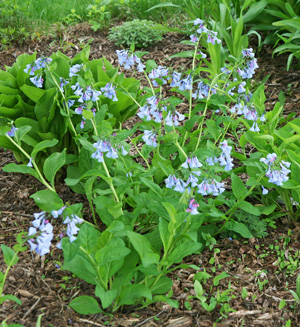
- Winter aconite: Winter aconite is an early-blooming bulb that is perfect for adding a splash of color to your garden in late winter or early spring. Its bright yellow flowers look lovely when planted under witch hazel.
- Snowdrop: Snowdrop is another early-blooming bulb that is perfect for adding a touch of elegance to your garden in late winter or early spring. Its white flowers look lovely when planted under witch hazel.
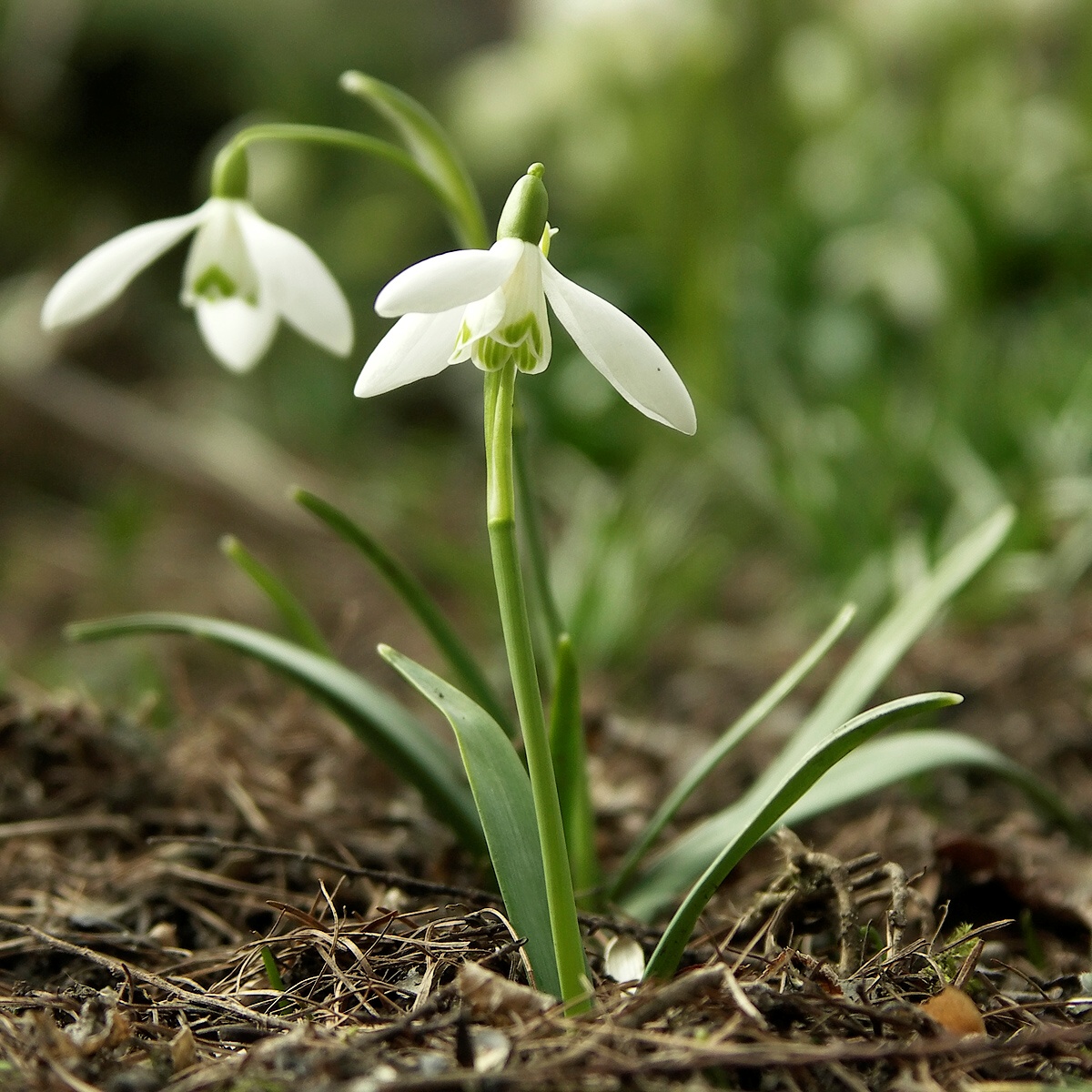
- Winter heath: Winter heath is a winter-blooming evergreen shrub that is perfect for adding year-round interest to your garden. Its pink, white, or red flowers look lovely when planted under witch hazel.
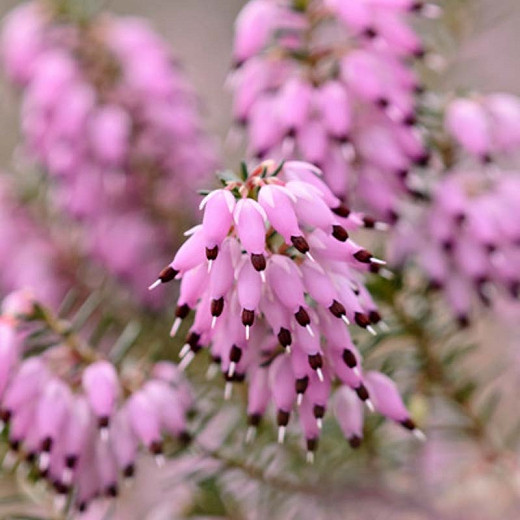
- Holly: Holly is a evergreen shrub or tree that is perfect for adding winter interest to your garden. Its dark green leaves and bright red berries contrast nicely with the yellow flowers of witch hazel.
- Viburnum: Viburnum is a flowering shrub or tree that blooms in late spring or early summer. Its white, pink, or purple flowers look lovely when planted under witch hazel.
Conclusion:
Witch hazel is a beautiful and versatile shrub that can be enjoyed in any season. By planting it with companion plants, you can enhance its beauty and extend the flowering season in your garden.
Witch hazel is a beautiful flowering shrub that blooms in the winter, providing a welcome splash of color in the cold months. It is also a versatile plant that can be grown in a variety of settings, from sun-filled borders to shady woodland gardens.
When choosing companion plants for witch hazel, it is important to consider the plant's light and moisture requirements. Witch hazel prefers full sun to partial shade and moist, well-drained soil. Some good companion plants for witch hazel include:
- Holly: Holly provides a dark green backdrop for the witch hazel's yellow flowers.
- Viburnum: Viburnum is another flowering shrub that blooms in the spring and summer. It is a good choice for companion planting because it attracts butterflies and other pollinators.
- Dogwood: Dogwood is a deciduous tree that blooms in the spring with white or pink flowers. It is a good choice for companion planting because it provides fall color.
- Winter aconite: Winter aconite is an early-blooming bulb that adds a splash of color to the garden in the winter.
- Siberian squill: Siberian squill is another early-blooming bulb that is a good choice for companion planting with witch hazel.
For more information about witch hazel companion plants, please visit Home Gardening.
FAQ of witch hazel companion plants
- What are some good companion plants for witch hazel?
Witch hazels are woodland shrubs that prefer partial shade and moist soil. Some good companion plants for witch hazel include:
* Other woodland shrubs, such as rhododendrons, viburnums, and magnolias
* Perennials, such as hellebores, trillium, and daffodils
* Bulbs, such as crocus, scilla, and snowdrops
* Groundcovers, such as periwinkle, waldsteinia, and lungwort
* Small conifers, such as weeping hemlocks and dwarf firs
- How close to my house can I plant a witch hazel?
Witch hazels can spread up to 15 feet wide, so it is important to plant them at least that far away from your house. If you are planting a witch hazel near a walkway or driveway, you may want to plant it even further away to avoid the branches from getting in the way.
- What is another name for witch hazel plant?
The scientific name for witch hazel is Hamamelis. It is also sometimes called winterbloom or winter hazel.
- What are the benefits of planting witch hazel companion plants?
Planting witch hazel companion plants can offer a number of benefits, including:
* Increased visual interest: Witch hazels are beautiful plants, but they can look a bit bare in winter. Companion plants can help to add interest to your landscape throughout the year.
* Improved soil health: Companion plants can help to improve the drainage and fertility of your soil. This can benefit your witch hazel plant and other plants in your garden.
* Reduced pest and disease problems: Companion plants can help to attract beneficial insects and repel pests. This can help to keep your witch hazel plant healthy and free of problems.
Image of witch hazel companion plants
- Winterberry (Ilex verticillata) is a deciduous shrub that produces bright red berries in winter. It is a good companion plant for witch hazel because it blooms at the same time, providing winter interest in the garden.

- Crabapple (Malus spp.) is a small tree or shrub that produces fragrant flowers in spring and colorful fruits in fall. It is a good companion plant for witch hazel because it prefers similar growing conditions and can help to attract pollinators.

- Azaleas (Rhododendron spp.) are evergreen shrubs that produce showy flowers in spring. They are a good companion plant for witch hazel because they prefer acidic soil and dappled shade, which are also the preferred conditions for witch hazel.
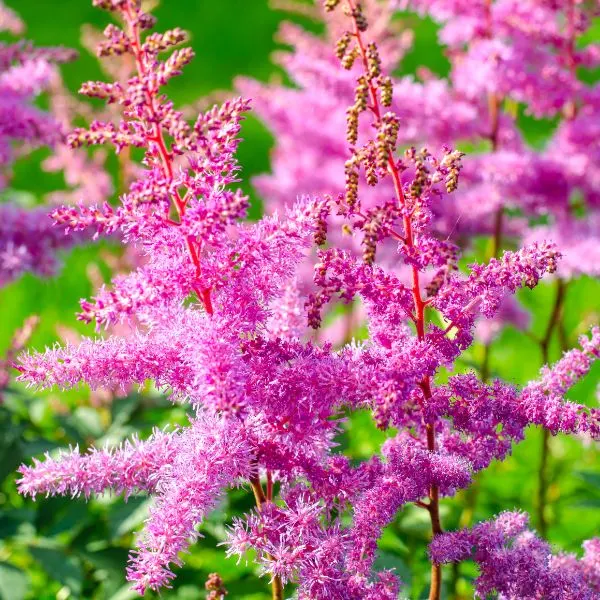
- Hummingbird bushes (Hydrangea macrophylla) are deciduous shrubs that produce large, showy flowers in summer. They are a good companion plant for witch hazel because they attract hummingbirds, which also pollinate witch hazel.
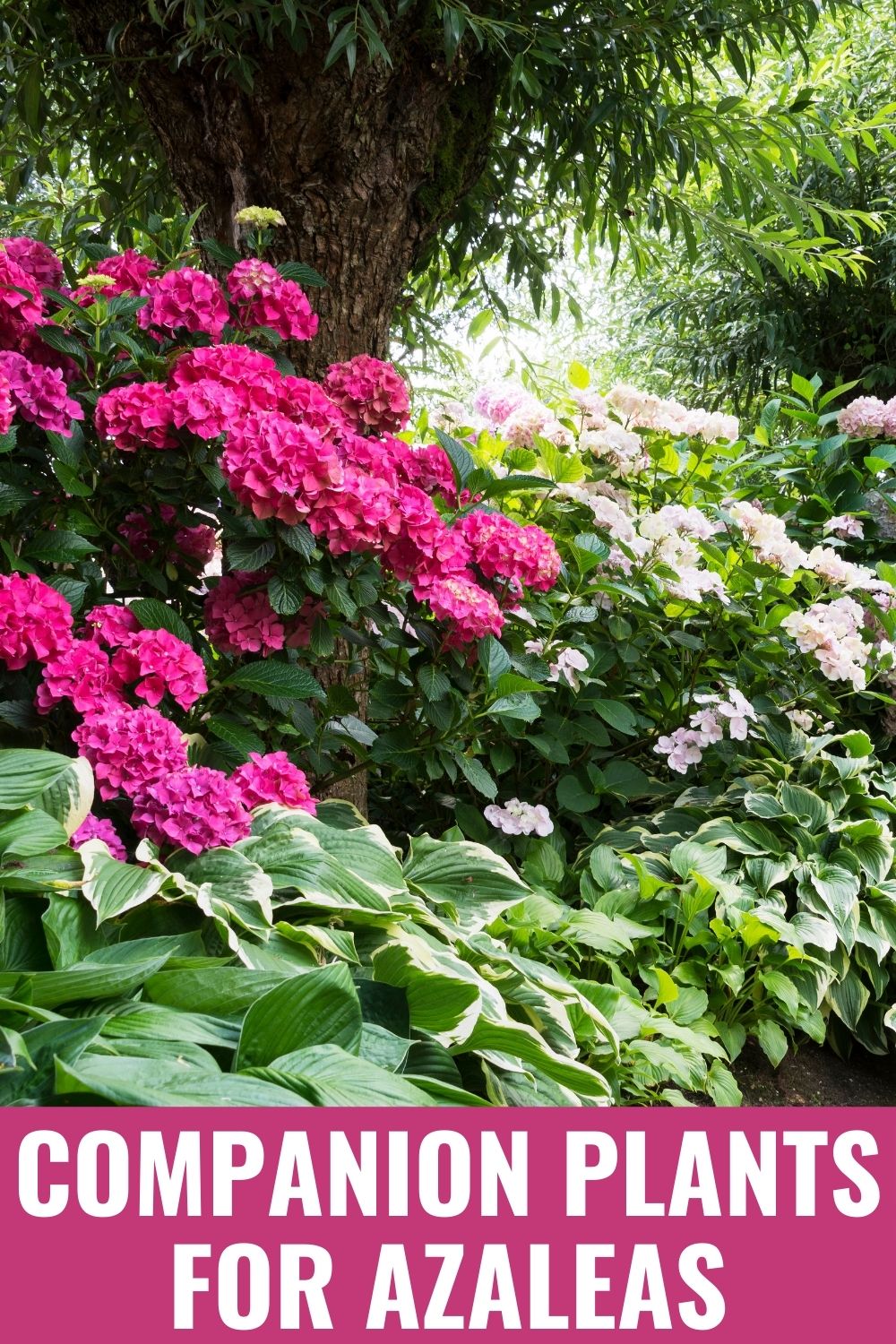
- Bluebells (Mertensia virginica) are spring-blooming perennials that produce blue, bell-shaped flowers. They are a good companion plant for witch hazel because they prefer moist soil and partial shade, which are also the preferred conditions for witch hazel.
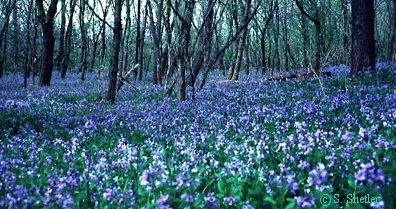
- Virginia sweetspire (Itea virginica) is a deciduous shrub that produces white, spire-shaped flowers in spring. It is a good companion plant for witch hazel because it prefers moist soil and partial shade, which are also the preferred conditions for witch hazel.
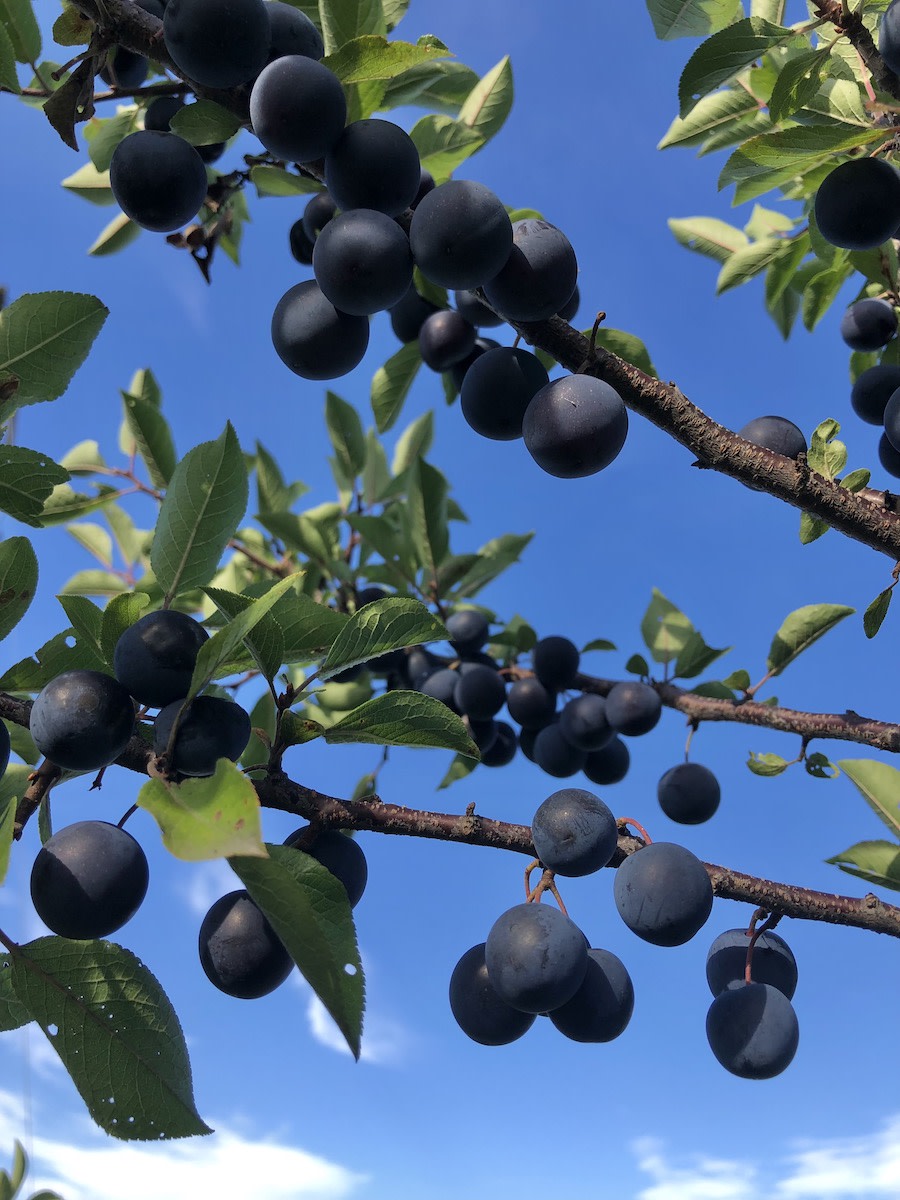
- Winter daphne (Daphne odora) is a deciduous shrub that produces fragrant, white flowers in winter. It is a good companion plant for witch hazel because it blooms at the same time, providing winter interest in the garden.

- Shrubby St. Johnswort (Hypericum prolificum) is a deciduous shrub that produces yellow flowers in summer. It is a good companion plant for witch hazel because it prefers full sun and well-drained soil, which are also the preferred conditions for witch hazel.
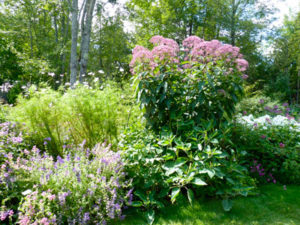
- Virginia creeper (Parthenocissus quinquefolia) is a climbing vine that produces red or orange leaves in fall. It is a good companion plant for witch hazel because it can help to cover unsightly areas and provide winter interest.
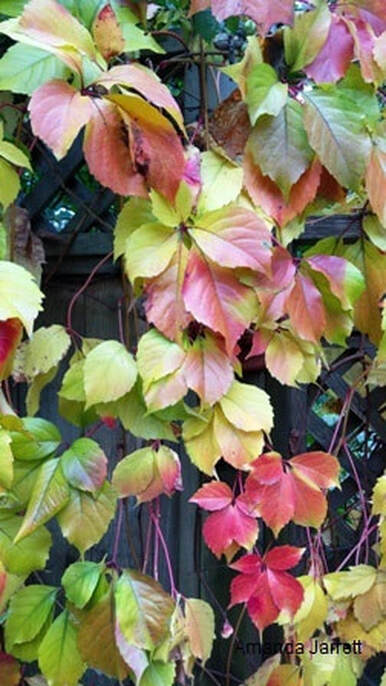
- Staghorn sumac (Rhus typhina) is a deciduous shrub or small tree that produces showy, red-orange clusters of fruit in fall. It is a good companion plant for witch hazel because it prefers full sun and well-drained soil, which are also the preferred conditions for witch hazel.
Post a Comment for " Best Witch Hazel Companion Plants"